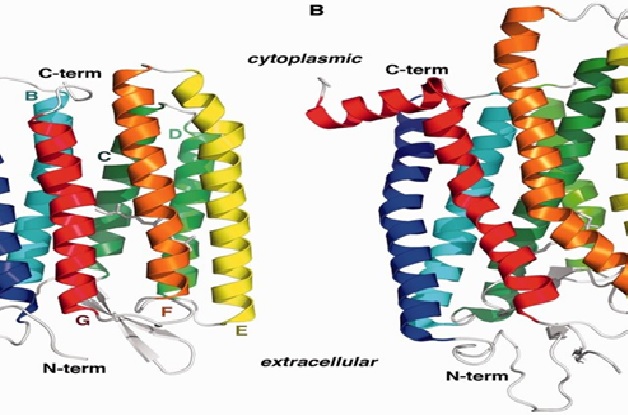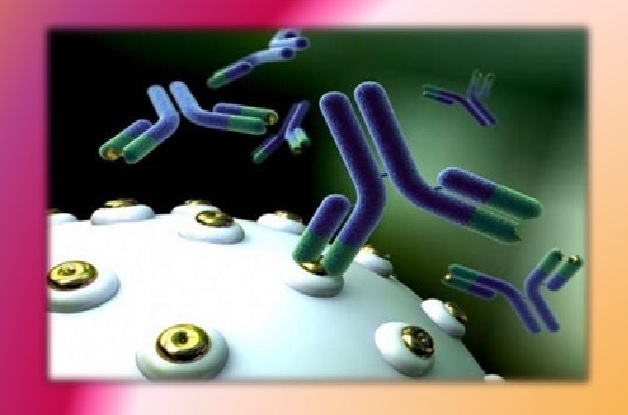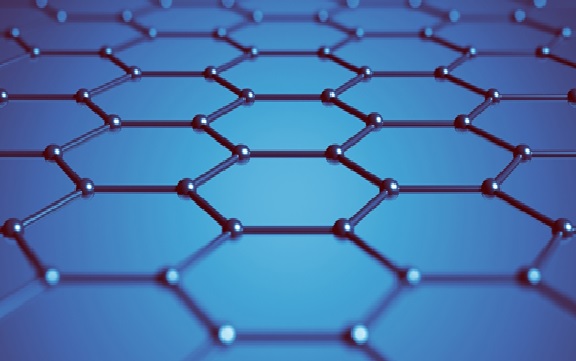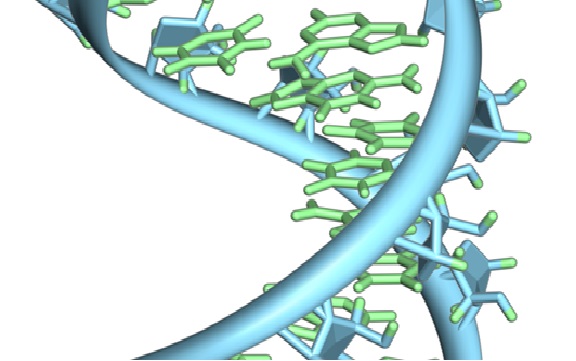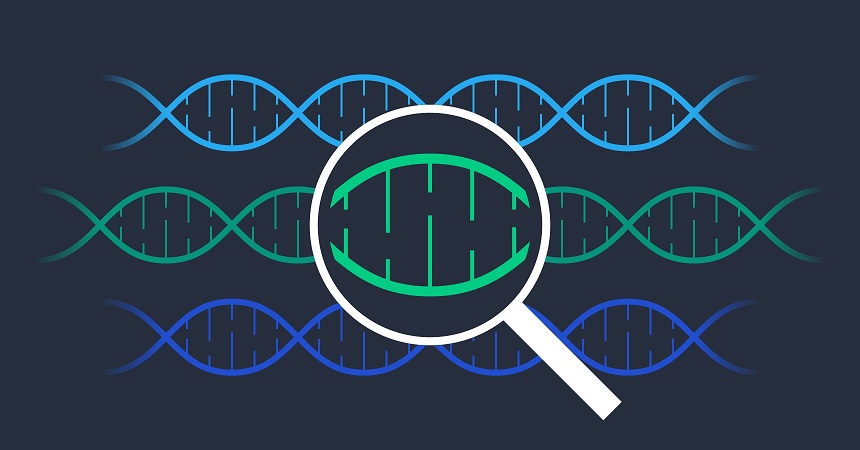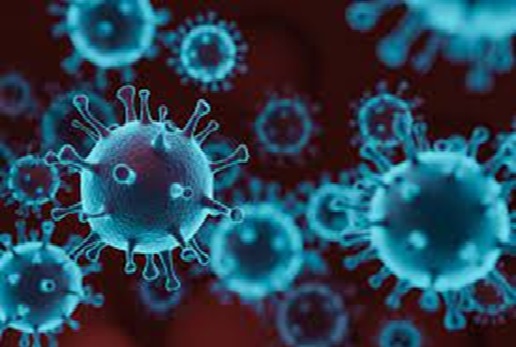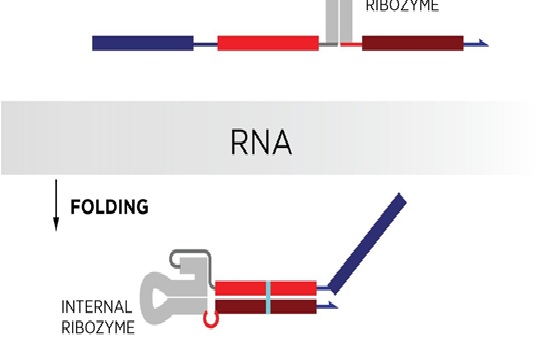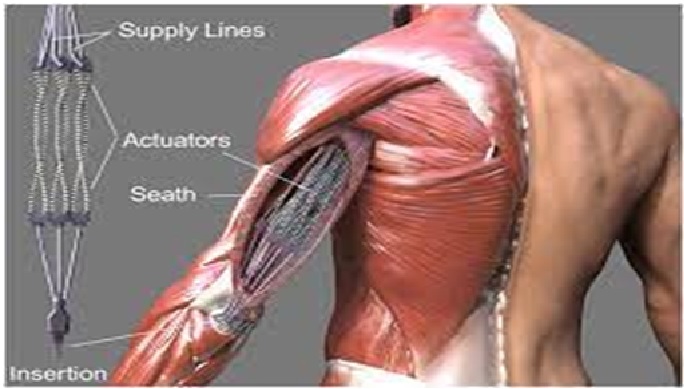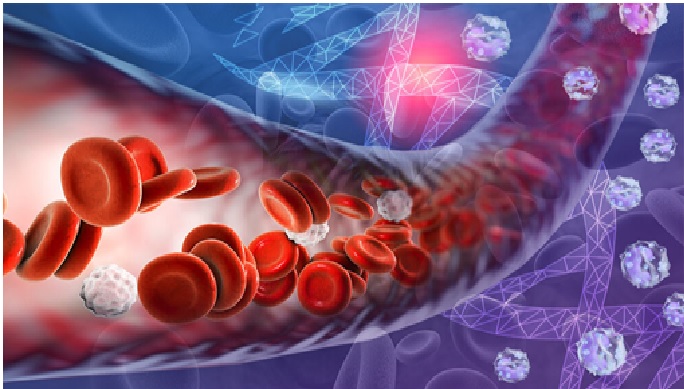Stem cell secrets allow researchers to revamp reprogramming
Researchers from the Babraham Institute's Epigenetics research program have been able to learn more about naïve stem cell reprogramming following a genome wide functional screen. Their research, published today in Science Advances, describes the critical regulators of reprogramming and offers opportunities for a more efficient, faster way to generate human naïve pluripotent stem cells.
Human pluripotent stem cells (PSCs) are a useful tool for researchers investigating how cells specialize to make every tissue of our body. They come in two different states, primed and naïve. Both types of PSC can self-renew and differentiate into new cell types but they have distinct functions and molecular characteristics. [1]
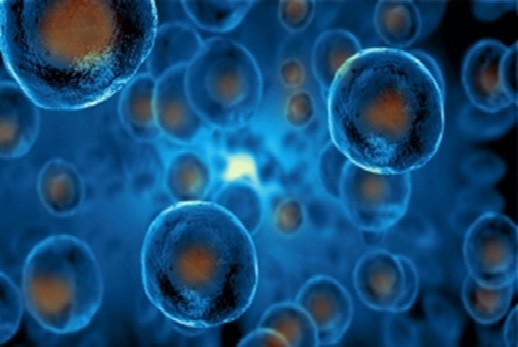
Figure 1. Stem cell secrets allow researchers to revamp reprogramming
Figure 1 shows group leader Peter Rugg-Gunn explained the importance of these cells: “Human PSCs in the naïve state replicate the key molecular and cellular characteristics of cells in a pre-implantation stage embryo. Importantly, when naïve PSCs are encouraged to self-organise in particular conditions, they form structures that resemble an early blastocyst stage of development. By growing these cells in the lab, we can learn about the key events that happen during human development, and they have potential uses in personalised medicine. But we need to create high-quality, stable stem cell populations to be able to conduct our experiments.” [2]
Pluripotent stem cells are formed either from embryos or using Nobel Prize-winning methods to remove cell identity from specialised cells. The majority of reprogramming experiments generate primed PSCs, which are more developmentally advanced than naïve PSCs. Naïve PSCs can be collected directly from human pre-implantation embryos, or more commonly researchers expose primed PSCs to conditions that induces them to become naïve PSCs. Existing methods for reprogramming were inefficient and slow, preventing researchers' from quickly producing the numbers of high-quality stem cells they needed. [3]
The low effectivity of naïve reprogramming suggests the presence of barriers that limit cells in reaching the naïve bellow. Adam and his colleagues honed in on these barriers by performing a huge-scale genetic screen to call genes that hinder and encourage reprogramming. They were in a local to call a huge preference of genes which devour a extremely primary role in naïve PSC programming that had no longer been beforehand linked to the technique. [4]
References:
- https://phys.org/news/2022-03-stem-cell-secrets-revamp-reprogramming.html
- https://techilive.in/stem-cell-secrets-allow-researchers-to-revamp-reprogramming-researchers-have-identified-factors-required-to-generate-naive-stem-cells-by-reprogramming/
- https://www.sciencedaily.com/releases/2022/03/220325144648.htm
- https://www.newsmag365.com/stem-cell-secrets-allow-researchers-to-revamp-reprogramming/
Cite this article:
Thanusri swetha J (2022), Stem cell secrets allow researchers to revamp reprogramming, AnaTechMaz, pp. 41


